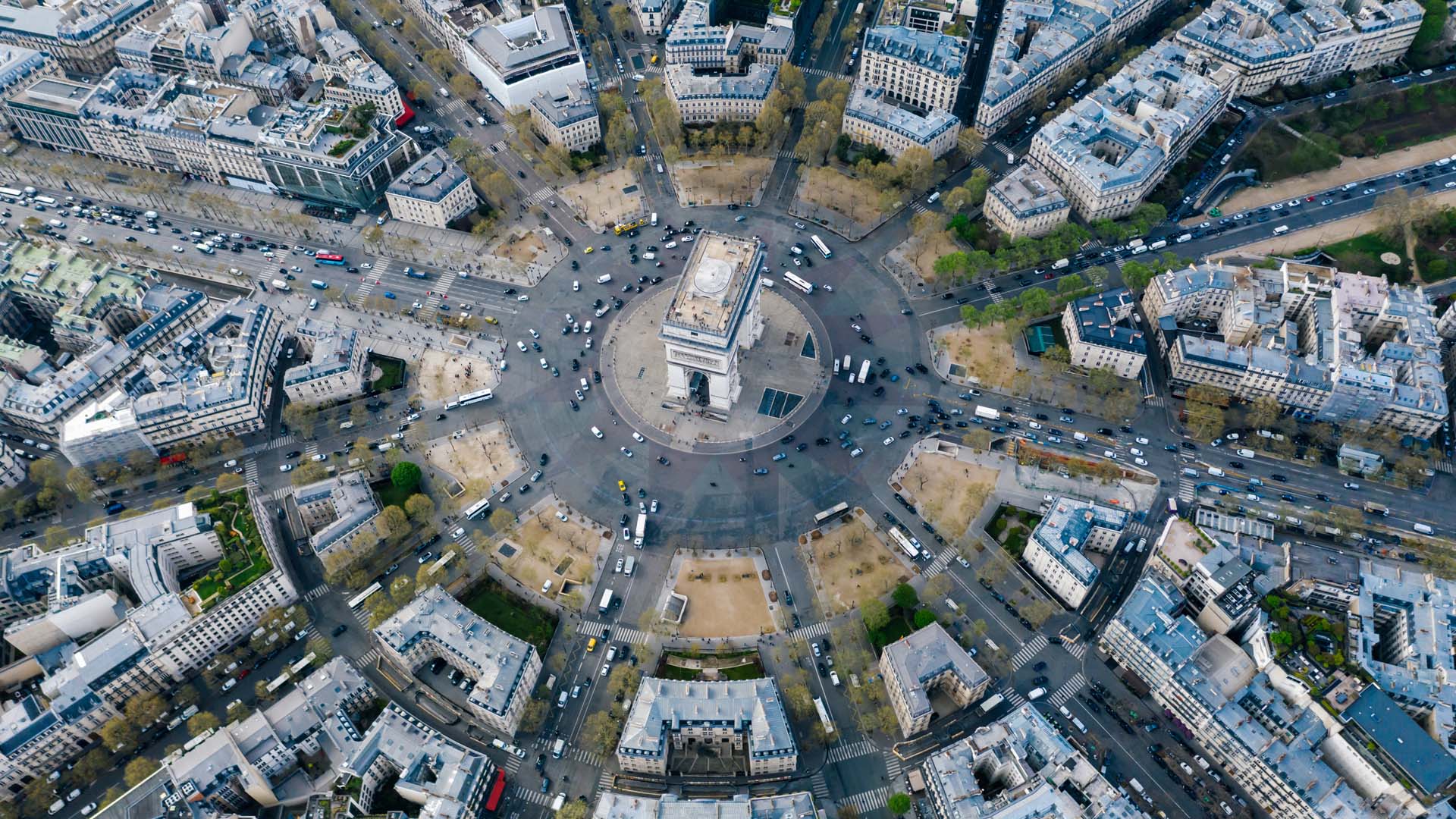Without the interoperability of the computer systems, networks and devices that make up the internet today, our online experiences would be rather limited. But this seamless internet did not happen overnight; it took a mix of innovation, competition, collaboration, and regulation over many years to arrive at the internet of today.
With the Internet of Things (IoT), we are faced with a similar, yet much bigger and much more fragmented challenge. In most IoT verticals (transport, health, energy, etc), interoperability challenges include semantic interoperability (the ability of any two or more connected systems to correctly share information between them without the need for human intervention) and contextualization (the ability of these same connected systems to also achieve a shared understanding of the environment from which the data originates).
In the context of intelligent transportation systems in smart cities, autonomous emergency vehicles such as ambulances or fire engines would communicate seamlessly with each other, with other vehicles, and with road infrastructure in real time, optimizing traffic and minimizing safety risks. Such an ideal scenario would require interoperability at all levels, i.e., on-board and roadside devices and sensors, networks, platforms, applications, and data, many of which are currently built by different vendors using different proprietary standards.
We are years away from the above scenario, but progress in being made, with major efforts to improve interoperability in vehicle-to-vehicle communications (V2C) and other IoT vertical applications underway. Still, just as in V2C, adoption in other verticals such as consumer electronics and healthcare remains limited largely to proprietary technologies, maintaining a silo approach that prevents end-users from deriving full IoT value. So, is it time to turn to regulatory mechanisms to accelerate IoT interoperability?
Within V2C, two leading but incompatible groups of technologies currently coexist. The first group includes older, wi-fi-like short range technologies such as Dedicated Short Range Communication (DSRC), Wireless Access in Vehicular Environments, and Intelligent Transportation Systems, all of which require no transport network. The second and more recent group of technologies is made up of cellular-based vehicle-to-everything technologies (C-V2X) which also cater for vehicle-to-pedestrian, vehicle-to-cloud and more, using either short range direct communications or the LTE/5G mobile networks.
DSRC cars were introduced in 2016, most notably in Japan, but adoption has been slow globally, despite being the only technology for nearly a decade. Two years ago, China, currently the biggest electrical vehicles market, adopted C-V2X and global momentum around the standard is now growing rapidly. In the US, disparities between national highway and communications agencies over V2C caused prolonged regulatory uncertainty for the industry. DSRC deployments were also slow, leading to regulator Federal Communications Commission deciding two months ago to repurpose the unlicensed spectrum in the 5.9GHz band previously used by DSRC to wi-fi and C-V2X use. With this decision, standards development efforts can now focus around one instead of two technologies.
Among the lessons that can be learnt from developments around V2C, lack of adequate inter-agency regulatory cohesion is a major obstacle to IoT adoption and growth. IoT technology is rapidly permeating all industries, and the more sector-specific regulatory agencies involved in any single IoT vertical, the greater the risks of institutional conflict or overlap between these agencies, with likely uncertainty for both the IoT industry and the vertical concerned.
To illustrate this challenge, consider the transportation industry whose regulators include separate air, maritime, road and specialized safety agencies; should each regulator mandate different and incompatible IoT solutions for cargo monitoring and reporting, automated access to live cargo inventory and condition information could be very cumbersome or even impossible.
So, whilst regulators should be rightly concerned with the current high levels of IoT heterogeneity, ‘regulatory heterogeneity’ also constitutes a challenge for industry, a scenario that also has the effect of negating the very benefits expected of IoT environments. And although establishing separate IoT regulators has merits, we believe that reforming for greater inter-agency cohesion instead is the best way to address IoT interoperability issues.
